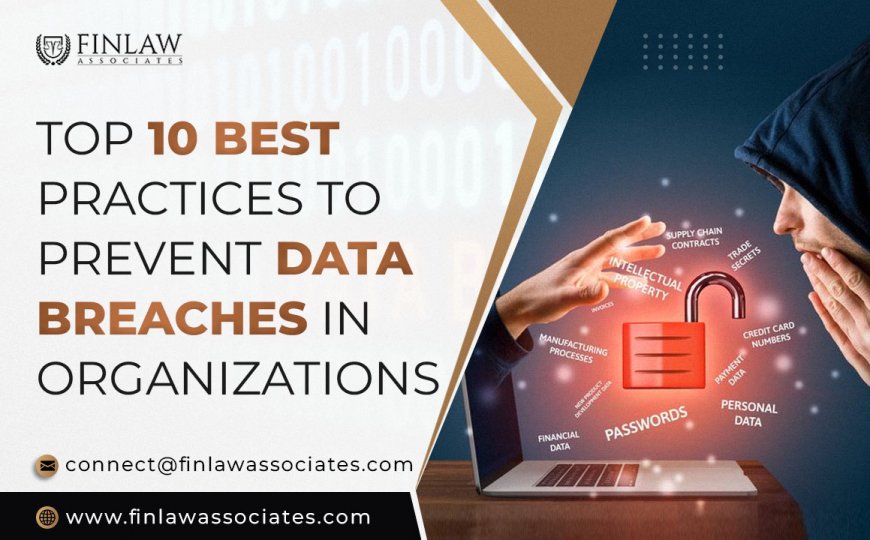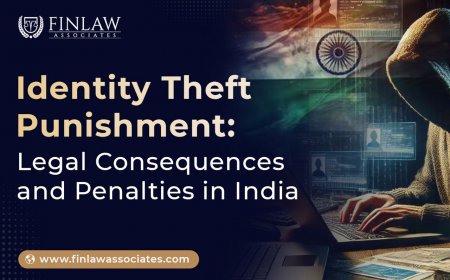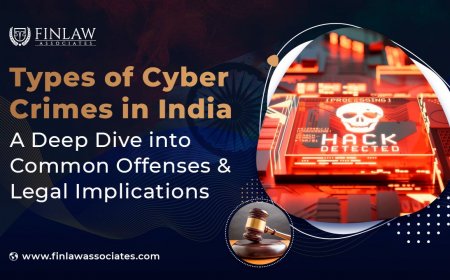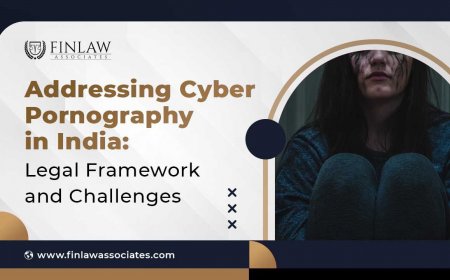Top 10 Best Practices to Prevent Data Breaches in Organizations
Discover the top 10 best practices to prevent data breaches in organizations. India-focused guide with compliance tips, tools, and actionable strategies.

In today’s digital-first business world, data breaches are among the most serious risks organizations face. A single breach can expose sensitive customer information, disrupt operations, invite legal penalties, and cause long-term reputational damage. According to global reports, the average cost of a data breach has crossed millions of dollars, and Indian companies are increasingly becoming prime targets due to rapid digitization and growing cyber threats.
For Indian businesses, the challenge is even greater. They must comply with not only global cybersecurity standards but also national requirements such as CERT-In guidelines and the Digital Personal Data Protection Act (DPDP), 2023, which mandates strict security and reporting obligations.
This article explores the top 10 best practices to prevent data breaches, with actionable steps and India-specific insights to help organizations strengthen their defenses.
Why Preventing Data Breaches Is Critical
-
Financial Impact: Beyond direct monetary loss, breaches lead to regulatory fines, customer compensation, and higher insurance costs.
-
Reputational Damage: Customers quickly lose trust when their data is compromised.
-
Legal Liabilities: Under India’s DPDP Act, organizations may face penalties running into crores for failure to protect personal data.
-
Operational Disruption: Breaches often cause downtime, affecting productivity and service delivery.
By proactively implementing best practices to prevent data breaches, organizations can reduce risks, demonstrate compliance, and maintain business continuity.
1. Identify and Classify Sensitive Data
Data visibility is the foundation of data protection. Organizations must know where sensitive data resides, how it flows across systems, and who has access.
Action Steps:
-
Use automated discovery tools to scan endpoints, servers, and cloud storage.
-
Classify data into categories: public, internal, confidential, regulated (PII, financial, health).
-
Apply strict retention rules — delete what you don’t need.
Why it matters: Clear classification ensures that critical data like customer KYC documents, payment information, or health records receive the highest level of protection.
2. Enforce Strong Access Controls
Unrestricted access increases breach risks. A least-privilege model ensures that employees only access the information necessary for their roles.
Action Steps:
-
Implement Role-Based Access Control (RBAC) and review permissions regularly.
-
Deploy Multi-Factor Authentication (MFA) across all critical systems.
-
Immediately revoke access for former employees and vendors.
India Example: Many RBI-regulated financial institutions now mandate MFA for online transactions and internal systems — setting a best practice benchmark.
3. Patch and Manage Vulnerabilities Promptly
Unpatched software is one of the easiest entry points for attackers.
Action Steps:
-
Maintain an updated asset inventory of all software and hardware.
-
Deploy automated patch management systems.
-
Apply emergency patches within 48–72 hours for high-severity vulnerabilities.
Why it matters: Timely patching could have prevented high-profile ransomware attacks like WannaCry, which exploited known vulnerabilities.
4. Encrypt Data at Rest and in Transit
Encryption ensures that even if attackers gain access, the stolen data remains unreadable.
Action Steps:
-
Use TLS/SSL for all data transfers.
-
Encrypt databases, disks, and backups with strong algorithms (AES-256).
-
Implement secure key management practices using hardware security modules (HSMs).
Example: Banks in India are required by RBI guidelines to encrypt sensitive customer data — a model other industries should adopt.
5. Adopt a Layered Security Architecture
Known as defense-in-depth, a multi-layered security approach ensures no single point of failure.
Action Steps:
-
Deploy firewalls, intrusion detection/prevention systems (IDS/IPS), and Endpoint Detection and Response (EDR).
-
Segment networks to prevent attackers from moving laterally.
-
Use email security gateways to filter phishing attempts.
6. Secure Cloud and SaaS Environments
With the widespread adoption of cloud computing in India, misconfigured storage buckets and unauthorized SaaS usage have become major breach sources.
Action Steps:
-
Regularly audit cloud configurations with Cloud Security Posture Management (CSPM) tools.
-
Maintain an approved SaaS list and block shadow IT apps.
-
Apply Data Loss Prevention (DLP) policies for cloud-based data.
Why it matters: Misconfigured AWS S3 buckets have been at the center of multiple global breaches, exposing millions of records.
7. Educate Employees and Run Phishing Simulations
Human error is behind most breaches. A well-trained workforce can serve as the first line of defense.
Action Steps:
-
Conduct quarterly cybersecurity training.
-
Launch phishing simulations and track employee performance.
-
Build a reporting culture — reward staff who report suspicious activities.
Pro Tip: Tailor training by department — for instance, finance teams should receive extra training on invoice fraud schemes.
8. Maintain an Incident Response Plan
A strong Incident Response Plan (IRP) minimizes breach impact.
Action Steps:
-
Define roles, responsibilities, and escalation procedures.
-
Run annual tabletop exercises and real-time simulations.
-
Ensure log retention complies with CERT-In’s six-month requirement for investigations.
India-Specific Note: CERT-In mandates that organizations report certain types of cyber incidents within 6 hours of detection.
9. Monitor and Detect Threats Continuously
Continuous monitoring and anomaly detection allow organizations to stop breaches before they escalate.
Action Steps:
-
Deploy a Security Information and Event Management (SIEM) system.
-
Enable User and Entity Behavior Analytics (UEBA) to detect insider threats.
-
Retain logs for compliance and forensic analysis.
10. Align with Standards and Conduct Regular Audits
Aligning security practices with international standards provides structure and ensures ongoing improvement.
Action Steps:
-
Map policies to frameworks such as NIST CSF, ISO 27001, and CIS Controls.
-
Conduct annual penetration testing and third-party audits.
-
Obtain certifications like ISO 27001 for credibility and compliance.
Additional Tips: Beyond the Basics
-
Third-Party Risk Management: Vet vendors and require them to meet minimum security standards.
-
Zero Trust Model: Verify every user, device, and application before granting access.
-
AI & Shadow Data Risks: Monitor for unauthorized AI tools or untracked data sources.
-
Regular Backups: Maintain encrypted, offline backups to recover quickly from ransomware.
Quick Checklist for Indian Organizations
-
Enforce MFA on all privileged accounts.
-
Identify top 10 sensitive datasets.
-
Establish 48-hour critical patching process.
-
Run monthly phishing tests.
-
Align with CERT-In and DPDP Act requirements.
FAQs
Q1. What is the first step in preventing data breaches?
The first step is identifying and classifying sensitive data so you know what to protect and apply the right controls.
Q2. Is encryption enough to prevent data breaches?
No. Encryption is vital, but without strong access controls, monitoring, and patching, data can still be compromised.
Q3. How often should organizations in India update their incident response plan?
At least once a year, and after any major regulatory update, such as changes in CERT-In or DPDP rules.
Q4. Do small businesses also need to follow these practices?
Yes. Cybercriminals increasingly target SMEs because they often lack strong defenses. Even small companies must adopt basic best practices to prevent data breaches.
Conclusion
Data breaches are not just an IT problem — they are a business risk with legal, financial, and reputational consequences. By adopting these 10 best practices to prevent data breaches, Indian organizations can significantly reduce vulnerabilities, comply with national regulations, and build customer trust.
The key is to approach data security as an ongoing process, not a one-time investment. With proper governance, employee awareness, and layered defenses, organizations can stay ahead of evolving cyber threats.
What's Your Reaction?















